FORT ST. JOHN, B.C. — Workers at Site C in northern B.C. are busy driving massive piles into the bedrock to stabilize the ground in the event of an earthquake.
“We’re working on installing 96 concrete-filled steel piles. At their longest they’re about 46 metres long, two metres in diameter and the steel pipe inside the pile is made of one-and-a-half-inch thick steel,” said construction manager Matt Stevens in a recent project update.
The piles are enormous and serve an enormously important function: they will dull or negate seismic activity at the site.
“Effectively these things work by tying the buttress structure at the top to the sound stable rock below, passing through the bedding planes of potential concern,” said Stevens.
“In the event of a major earthquake these piles are so stiff that if any potential movement wants to occur along that bedding plane the piles will stop that before it starts.”
To further ensure the site’s stability, Stevens and the BC Hydro team are installing several measures to prevent water from seeping into the underlying bedrock.
“There’s three key components, the first being ensuring that the invert of the approach channel is water proof. So, we are installing several layers of waterproofing membrane,” Stevens said.
“The second one is a grout curtain around the outside perimeter of the liner material. It’s effectively like a concrete wall below ground, stopping water from seeping underneath the lining material.”
The final piece of the water puzzle is installing drains underneath the membrane. Any water that makes it past the grout wall and waterproof membranes will be collected by the drains and sent into the drainage gallery.
Determining the piles were the best tool to use was no mean feat – the BC Hydro team effectively created a mini earthquake to test them.
“We actually built two full-sized piles, filled them full of instrumentation, installed hydraulic rams and used these rams to simulate some of the forces of an earthquake,” said Stevens.
“That gave us a whole bunch of data that allowed us to optimize the design and end up with the design that we are building today.”
Earlier in October a large crane was delivered to the site to help with construction of the Hudson’s Hope shoreline protection berm. It was used to lift large concrete culverts into place and has since been dismantled.
Major work continues across the site such as excavation of the approach tunnel, installation of the spillway gate and aggregate hauling on the south bank.
BC Hydro is continuing work on the realignment of Highway 29. Parts of the highway will be submerged once reservoir filling begins in September 2023.
Around 32 kilometres of highway is being built, including new bridges at Cache Creek, Halfway River, Lynx Creek, Dry Creek and Farrell Creek.
Construction of the $16 billion dam began in 2015. It will produce enough energy to power 450,000 homes every year.
Keep an eye on the Journal of Commerce for more updates on the megaproject.


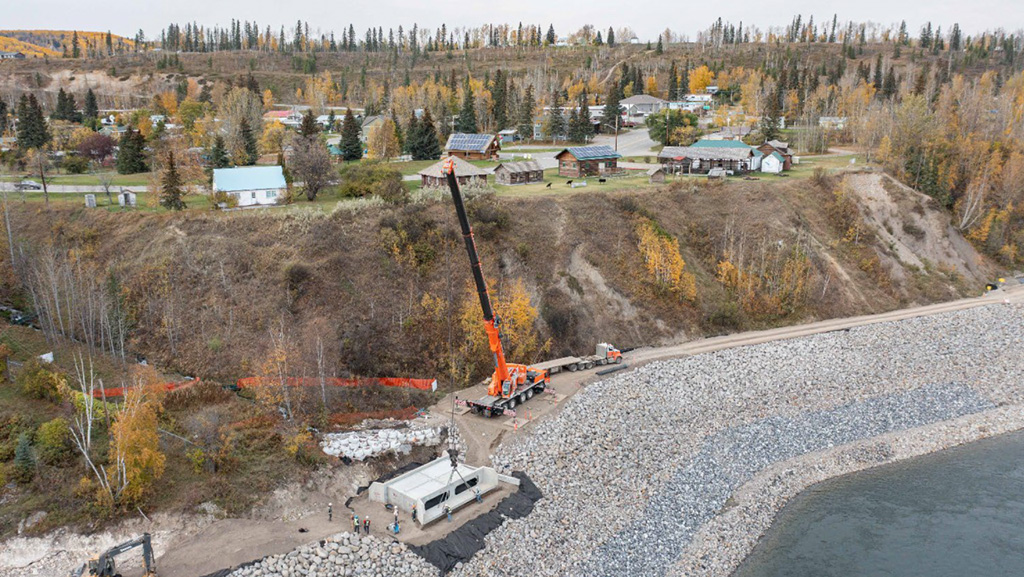
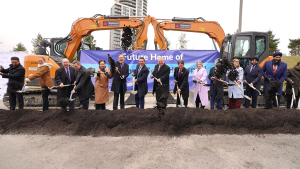
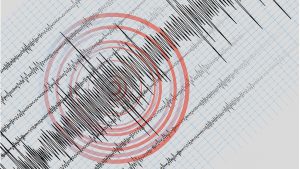
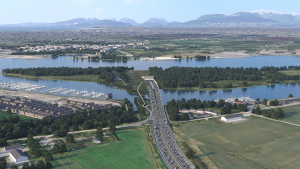
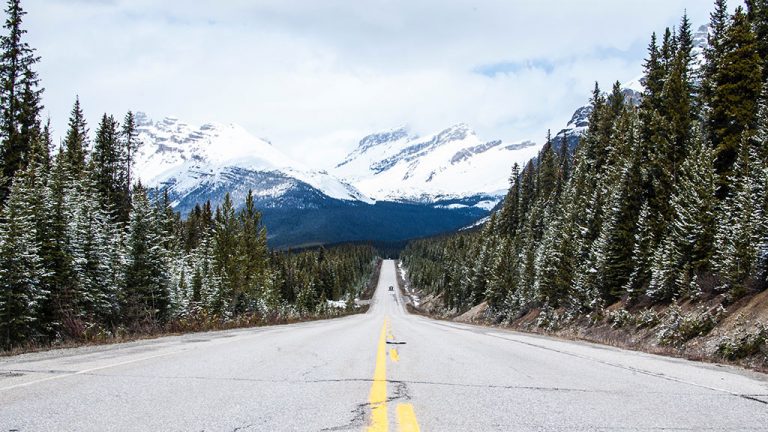


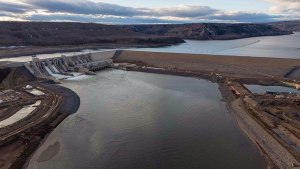
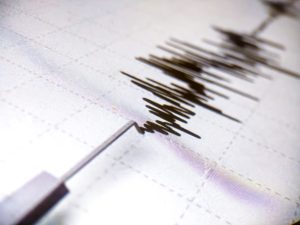
What method was used to fill the piles with concrete? Treme-pour? Do you suspect that any of the aggregate in the concrete separate during the length of the piles?
The assumption that sticks out in this story is that Hydro’s pilings are going into some bedrock underneath the layers of concern that the construction manager pointed out. I think it would be appropriate for the Journal of Commerce to request evidence of this ‘bedrock’ and what it consists of.
Where is the bedrock? I thought the dam was being built on shale.
They forgot to mention that the main power house has moved 5 m already this is due to unstable ground we are working with . We are trying to stabilize it the best we can as we don’t want to have any major failure as there is a community that lives 1.5 km down stream